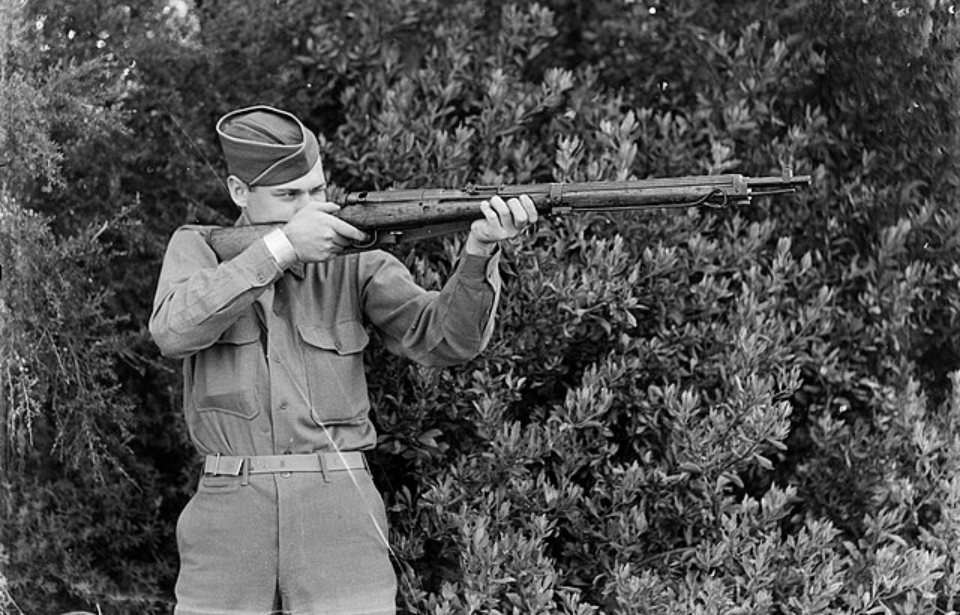The Arisaka Type 99 rifle was a significant evolution in the realm of military armaments. Born out of necessity in the 1930s, its development reflected a desire to equip the Imperial Japanese Army (IJA) with an advanced, reliable weapon; its introduction served to underscore Japan’s commitment to achieving technological parity with other military powers of the time.
A need for a more powerful bolt-action rifle
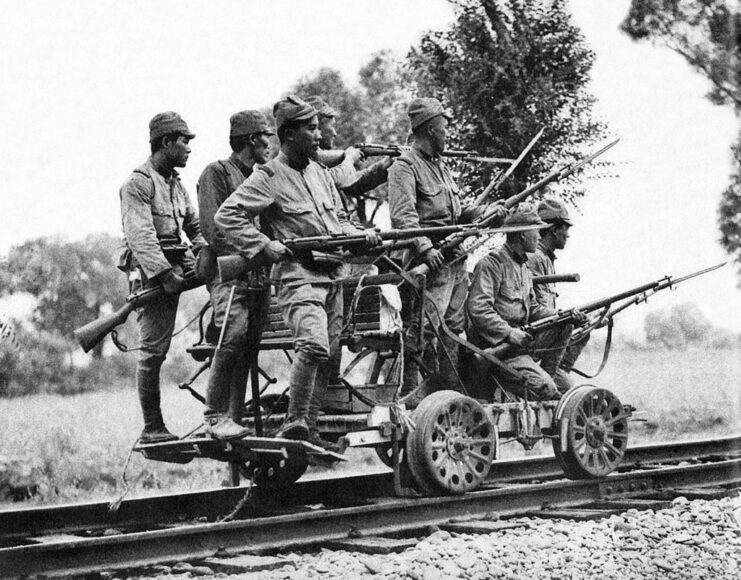
The Arisaka Type 99 rifle came about during the Second Sino-Japanese War, when the Imperial Japanese Army realized that the cartridge used by the Type 92 heavy machine gun was stronger and more effective than that fired by the Type 38 rifle, which had been introduced in 1905. Looking to create and standardize a new bolt-action rifle, Japan developed the Type 99, which fired the Type 92’s 7.7 mm cartridge.
Four versions of the Type 99 were produced between 1939-45, with an estimated 3.5 million produced overall:
- The standard short rifle.
- A sniper variant equipped with a telescopic sight.
- The limited-run and cumbersome long rifle that was initially equipped by infantrymen.
- The Type 2 Paratroop rifle, which could be broken down and reassembled.
A carbine variant of the rifle was also produced and tested, but it had too much recoil to be effective.
A closer look at the Arisaka Type 99 rifle’s design
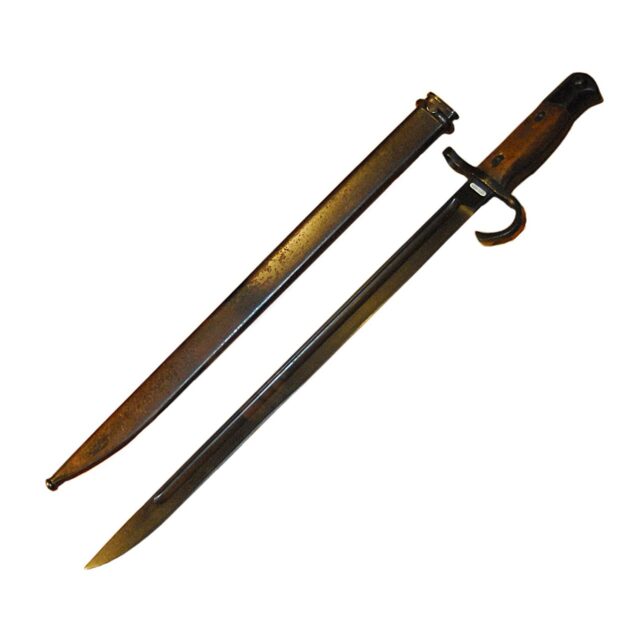
The design of the Arisaka Type 99 rifle was a culmination of meticulous engineering and foresight. Its extended barrel length was a critical feature, enhancing the weapon’s accuracy over long distances – a crucial advantage in the vast and varied terrains of the Pacific Theater. The inclusion of the powerful 7.7 x 58 mm cartridge, along with the adaptation of the Mauser-style action, further augmented the rifle’s lethality.
Moreover, the Type 99 incorporated several innovative features that demonstrated Japan’s approach to warfare. The inclusion of a monopod provided much-needed stability for marksmen, improving shot accuracy in challenging conditions. Also, the rifle had an aircraft sighting device and could equip the Type 30 bayonet, if needed.
Most interesting was that the Type 99 could be used as a grenade launcher, with the ability to attach either the Type 38 or 99 launchers. However, it hardly saw use in this capacity, as the majority of Japanese troops preferred the 1929 Type 89 grenade launcher.
Seeing service in the Pacific Theater
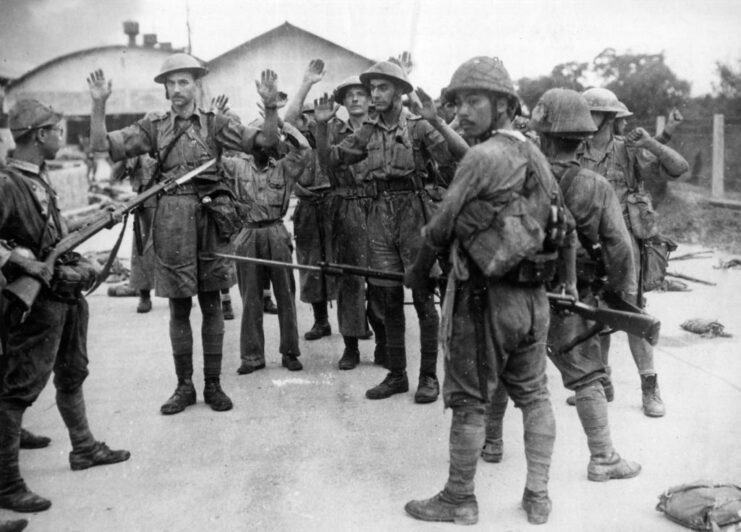
When much of the globe erupted into the Second World War, the hope was to completely replace the Type 38 with the Arisaka Type 99 rifle. However, the intensity of the fighting in the Pacific prevented this from happening, meaning both weapons were used during the conflict.
The battlefields of the war served as the ultimate test for the Type 99. Its deployment in the dense jungles of Southeast Asia and the rugged terrains of the Pacific islands highlighted its reliability and effectiveness. The men wielding the Type 99, while often outmatched in terms of equipment and resources, managed to hold their ground, thanks, in part, to the weapon’s capabilities.
However, as with many of the countries in the war, supplies in Japan ran scarce toward the end of the conflict and pressure to speed up production increased, meaning the Type 99 units manufactured toward the middle of the 1940s weren’t as effective. This led many serving in the Pacific to only equip the weapon as a last resort – a complete 180 from its initial reception.
Who else equipped the Arisaka Type 99 rifle?
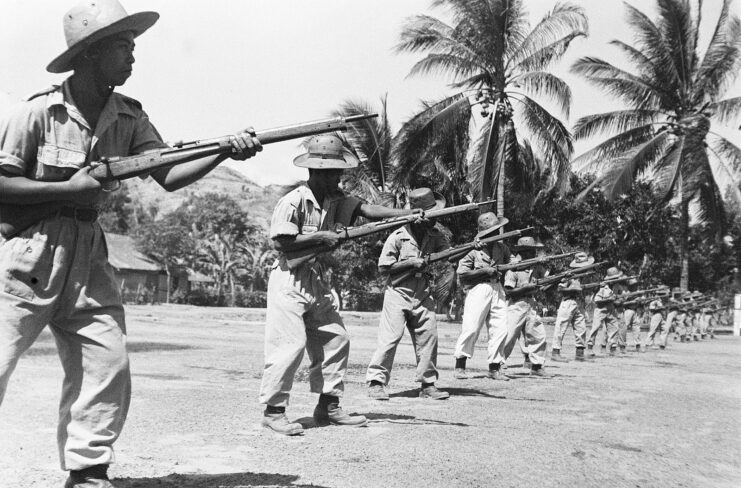
Despite production stopping in 1945, the Arisaka Type 99 rifle continued to see use in later conflicts. More than 130,000 were re-chambered during the Korean War for use by South Korean gendarmerie. However, accuracy issues as a result of this work meant only a few were issued before the armistice was sign in 1953.
China also re-chambered the Type 99.
The weapon was adopted by both the Royal Thai Army and the Indonesian military, with the latter equipping the rifle during the Indonesian National Revolution, and the Việt Minh gave it to troops during the First Indochina War.
Enthusiasts want to add the Arisaka Type 99 rifle to their collections

In the years following World War II, the Arisaka Type 99 rifle has garnered significant interest among military collectors and enthusiasts. Its unique design and historical significance have made it a coveted item for those passionate about preserving the artifacts of the conflict.
While never directly exported to the United States (anti-Japanese sentiment remained high after the Second World War), many who’d been deployed to the Pacific brought the rifle home as a souvenir.
More from us: From Gangsters to the Battlefield: The Enduring Legacy of the Tommy Gun
Given this, the Type 99 is relatively cheap to purchase, with the average unit ranging just a few hundred dollars, depending on the condition.
